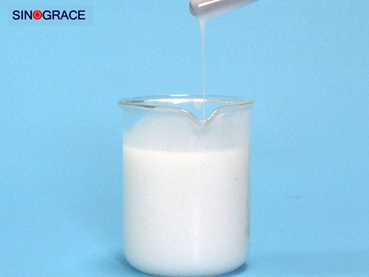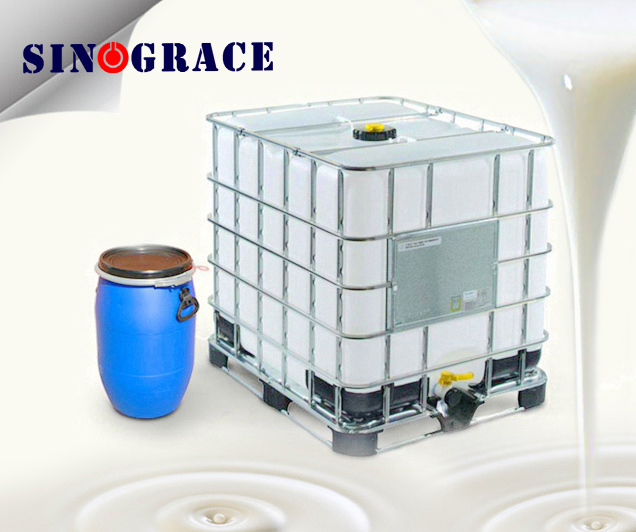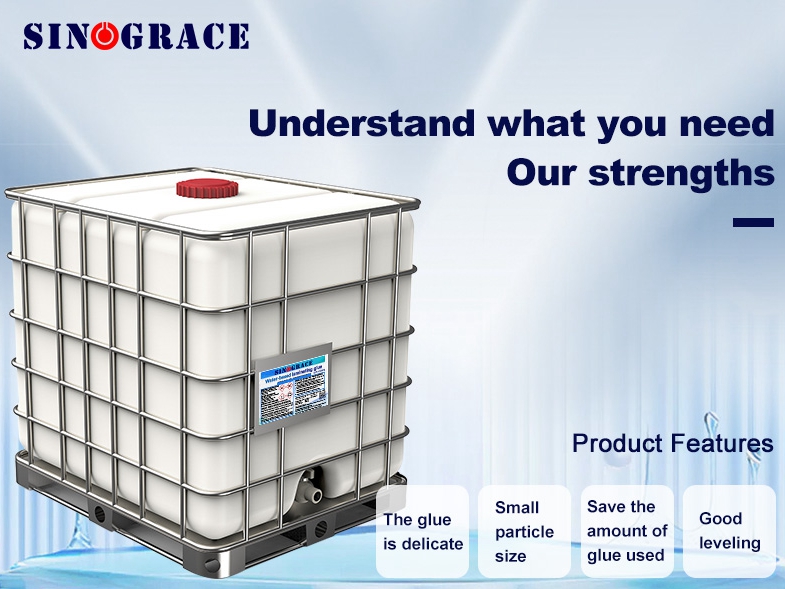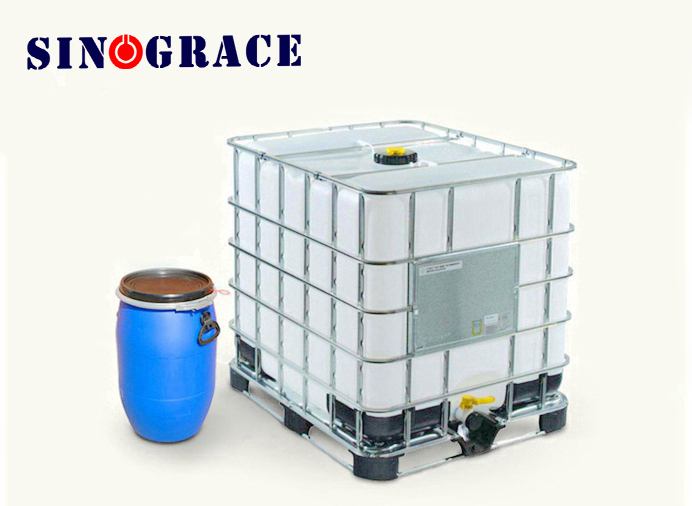Classification and application of waterborne acrylic resins for coating
Water-based resins can be divided into water-emulsion, water-dispersed and water-soluble according to their appearance. There are many people think that this is the same resin, in fact, it is not only the appearance is not the same and the use and characteristics are very different. Water-based acrylic resins are generally divided into water-based emulsion acrylic resins and water-soluble acrylic resins. Water emulsion acrylic resin VS water soluble acrylic resin 01 Water emulsion acrylic resin The water-emulsion resin is prepared by adding an emulsifier. Oily heavy, generally milky white. The water-emulsion resin is oily and completely depends on the surfactant, that is, the emulsifier, to wrap it up and disperse in water. Therefore, when they are used in combination with other resins and auxiliaries, special care should be taken that the coat is not stripped by temperature, stirring power, or adsorption and reaction of the external substance, and the emulsion is broken and flocculated. The application range is narrow (5-40 degrees), beyond this range, it is possible to break the milk. 02 Water soluble acrylic resin Water-soluble resins are achieved by self-emulsification with hydrophilic groups on the polymer chain. Most of them are transparent, true solution of molecular dispersion, and belong to nano dispersion state.、 Water-soluble resin, because it contains many polar groups on the molecular chain, such as: hydroxyl, carboxyl, sulfonic acid, amino, amide, hydroxymethyl, oxidized vinyl, etc. How do different types of acrylic resins apply? Water-emulsion acrylic resin such products mostly react with acrylic monomer without methyl, so the polymerization of this kind of resin is definitely lower than the glass transition temperature of solid acrylic resin. They have lower TG, so some substrate (soft) applications are unmatched by other solid acrylics. In particular, the application of soft substrates such as paper and leather is the best embodiment. When they are benzenized and acetated, they become styrene acrylic emulsion, vinegar acrylic emulsion, which is the styrene acrylic emulsion we often see, vinegar acrylic emulsion, pure acrylic emulsion. The other biggest application for these resins is architectural coatings, which account for a large share of the market. Water-soluble acrylic resins vary in surface activity according to the proportion and distribution of hydrophilic and hydrophobic groups, such as wetting dispersion, emulsification defoaming, osmosis and adsorption. According to the structural properties of these water-soluble resins, the selection of additives and matching conditions can make them find ideal applications in coatings, adhesives, textile and leather additives. According to your coating substrate, which acrylic resin product to use in detail can consult Sinograce chemical customer service +8615755193346 (wechat same number)
read more

 English
English français
français русский
русский español
español العربية
العربية








